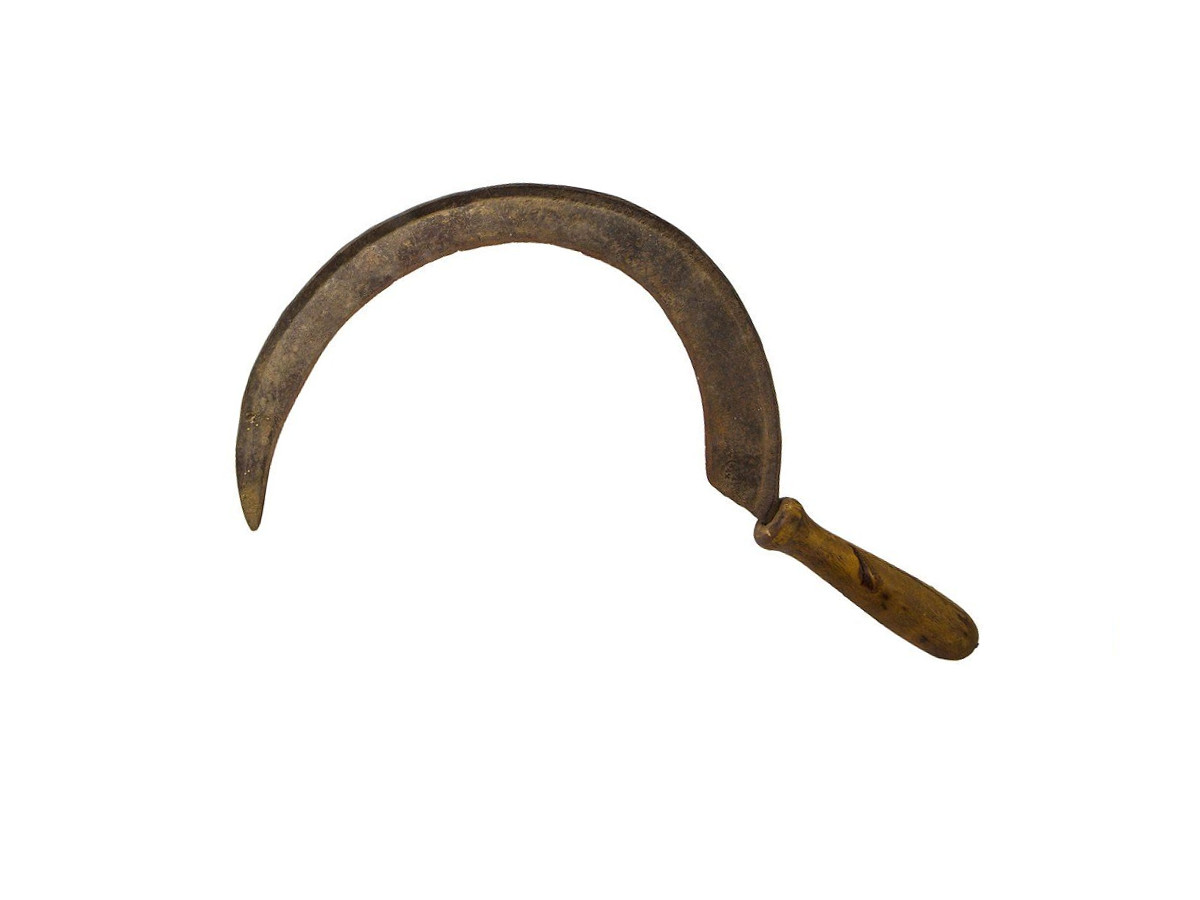Notes
In English practice it is commonly assumed that a full year’s work will amount to 250 days, allowing for holidays, stoppages for bad weather, and the like. It is interesting to note that Columella’s estimates (11, xii, 8 9 ) are based on the same working figure of 8 months and 10 days, i.e. 250 days, including a period of 45 days allowed for rainy weather and holidays, and 30 days of rest after the sowing
Our only source of information from the Roman agronomists is Columella....
Ploughing 4 Harrowing 1 First hoeing 2 Second hoeing 1 Weeding 1 Reaping 1½ Total: 14.5 or 15.7 man-days per acre
The Spanish figures appear to give a valid basis for comparison with those of Columella; both in Spain and in Portugal, simple ploughs and manual implements similar to those used by Roman farmers are still employed
Columella (11, xii, 7)
200 iugera [a Roman unit of area] require 2 yoke of oxen, 2 ploughmen, 6 labourers (if the ground is planted with trees 3 more labourers are required). Reduced to man-days per acre, this equals 18 man-days per acre.
Lombardy (contemporary)
34 work-days per acre per annum.
Pegola estate-Lombardy
Good yields of wheat at 28 cwt. [that's about 1400kg] per acre and 14 tons [about 12.7 tonnes] per acre of sugar beet. On 500 acres 23 permanent and 150 casual labourers are recorded. The permanents work 200 days per annum, the casuals 120 days, which equals 45 man-days per acre per annum
My comment
one day weed from Columella seems like surprisingly little weeding. I suppose that is made up for by there being a lot of ploughing and hoeing. Main reason I'm looking at this is to figure out how these guys did without herbicide. They ploughed more than I do.
La Conquête du Pain
There's no yield data in the paper except for the Lombardy estate. I can probably find data on Ancient Roman wheat-yields if I look. But taking the Lombardy figures –
- One acre requires 45 days.
- Imagine a brave comrade works 5 acres. He will work 225 days of the year
- So one acre + 45 man-days of labour yields 1400kg (the Lombardy figures)
- 1 kg of wheat has 3290 kcal, so the yield is 4,606,000 kcal per acre. That is the output in [kcal of wheat] per [acre]
- The comrade working 225 days on a five-acre plot yields 23,030,000 kcal annually. That is the yearly output in [kcal of wheat] per [worker]
- To make it daily, divide that by 365.25 and you get 63,052 output per worker.
- Divide that by 2250 kcal (the middle recommended daily allowance), and our hero feeds 28 people
Old-fashioned labour-intensive methods worked fine. 1 labourer produces bread for 28 mouths.
The old-timey "28 cwt. per acre" is 3.5 t/ha in modern lingo. My country gets 3.0 average but isn't as well-suited as Lombardy.

